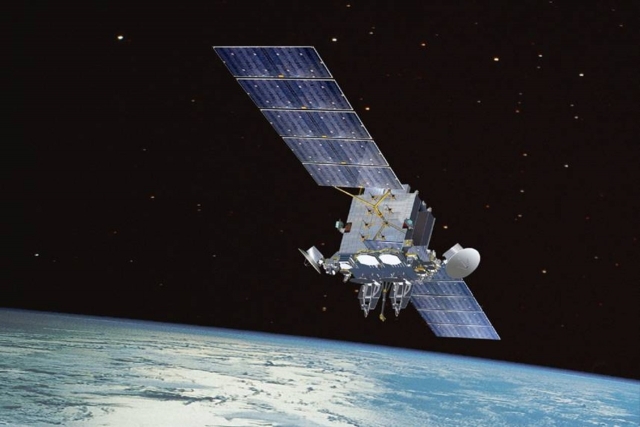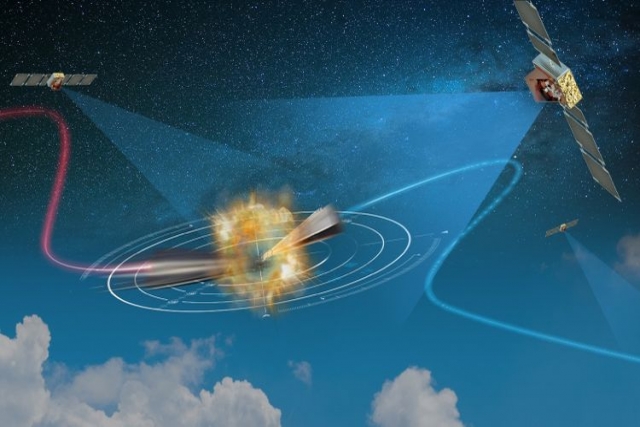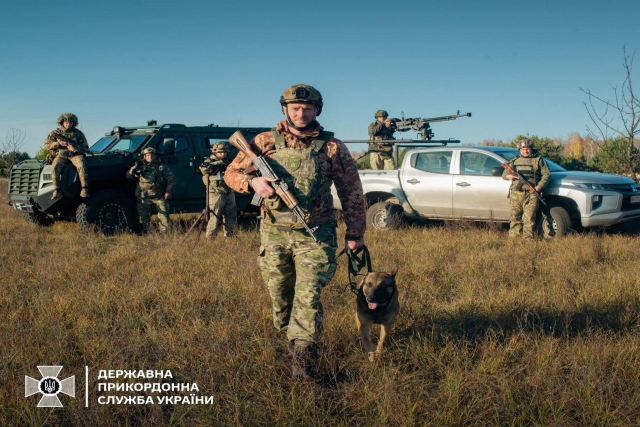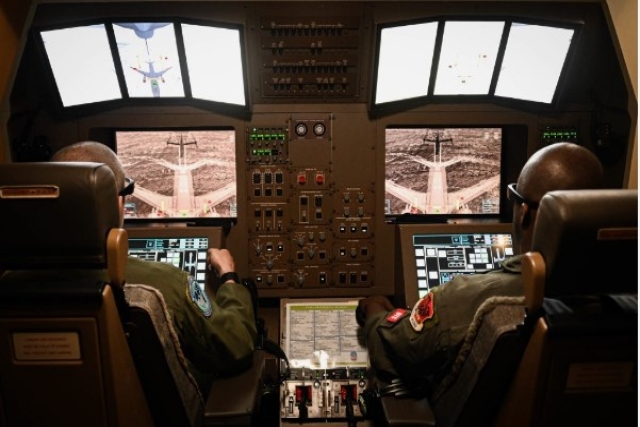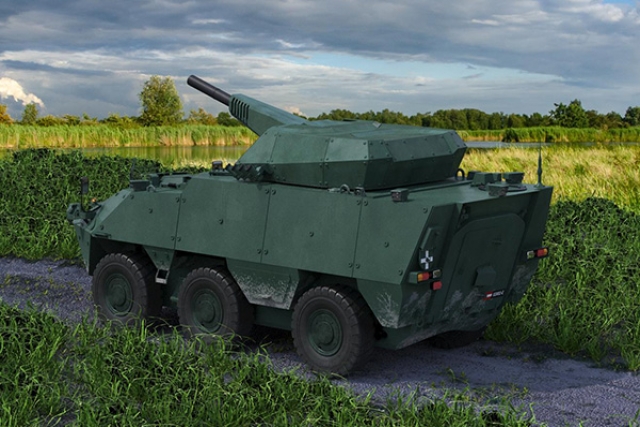Ballistic, Cruise Missiles Intercepted in US Army Test of Northrop Grumman Battle Command System
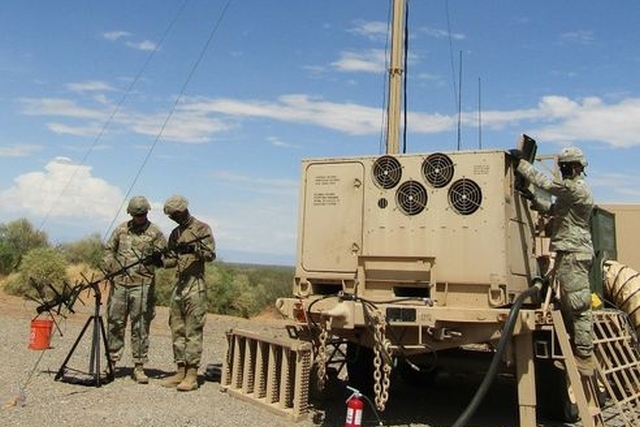
The US Army intercepted a high-speed tactical ballistic missile (TBM) target and a cruise missile target simultaneously during a flight test using the Northrop Grumman Integrated Battle Command System (IBCS).
The target missiles were part of the second of two live-fire tests during the Army’s IBCS Limited User Test (LUT) at White Sands Missile Range, New Mexico, and demonstrated the system’s ability to acquire, track, identify and engage diverse targets from various locations, speeds and altitudes.
Said Kenn Todorov, Vice President, combat systems and mission readiness, Northrop Grumman: “We are committed to the mission of the US Army and look forward to continuing that partnership in getting the game-changing IBCS capability into production and fielded.”
During the test, the defense consisted of two battery and one battalion IBCS engagement operations centers, two Patriot and two Sentinel radars, and four launchers with a mixture of Patriot Advanced Capability Two (PAC-2), Patriot Advanced Capability Three (PAC-3), and Missile Segment Enhanced (MSE) interceptors connected to the IBCS Integrated Fire Control Network (IFCN).
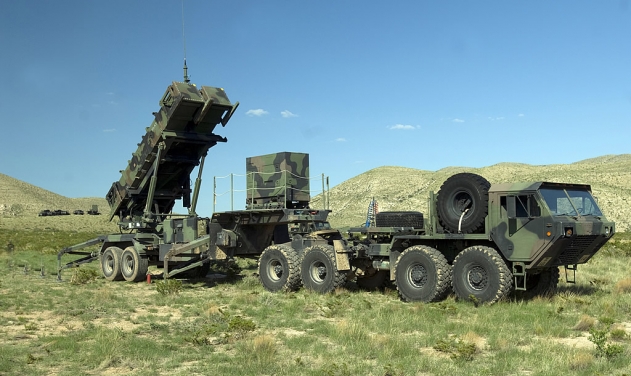
The flight test commenced with the target missiles being launched from different points of origin toward the Army defenders at the controls of IBCS. The TBM target was fired far from the missile range and traveled on a ballistic trajectory, while the cruise missile surrogate flew a low-altitude course. As the target missiles traveled independently towards their targets, multiple disparate radars provided data to IBCS.
IBCS integrated the data to form a single uninterrupted composite track of each threat, impossible with any single sensor, which then informed engagement solutions with the best interceptors to engage both incoming threats. The soldiers then executed the IBCS-enabled engagement, which included the launch of a PAC-2 to intercept the cruise missile and a PAC-3 to intercept the advanced TBM. The successful execution of this second LUT flight test moves IBCS another step closer to Milestone C followed by production and fielding of IBCS.
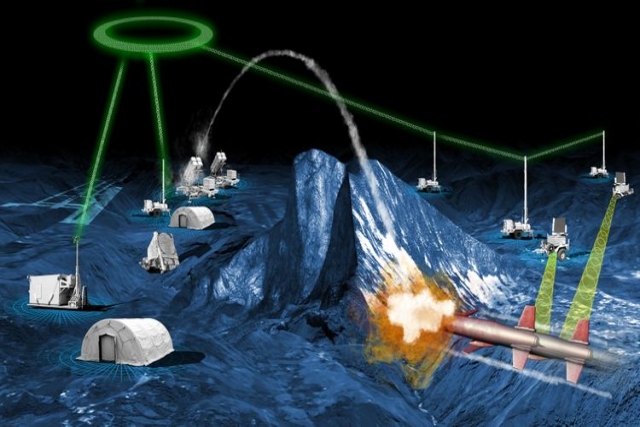
Said Maj. Gen. Rob Rasch, Army Program Executive Officer, Missiles and Space, “As we continue to fine-tune system performance to demonstrate system requirements in the Initial Operational Test & Evaluation in Fiscal Year 2022, we maintain high confidence for success due to the great leaders and soldiers of the 3-43, who will ultimately become the first-ever IBCS-enabled battalion.”
IBCS is the centerpiece of the US Army’s modernization strategy for air and missile defense. IBCS enables revolutionary and battle survivable “any-sensor, best-effector” operations by: fusing information from multiple, disparate sensors to create a single integrated air picture; and employing all available effectors to defeat advancing threats.

